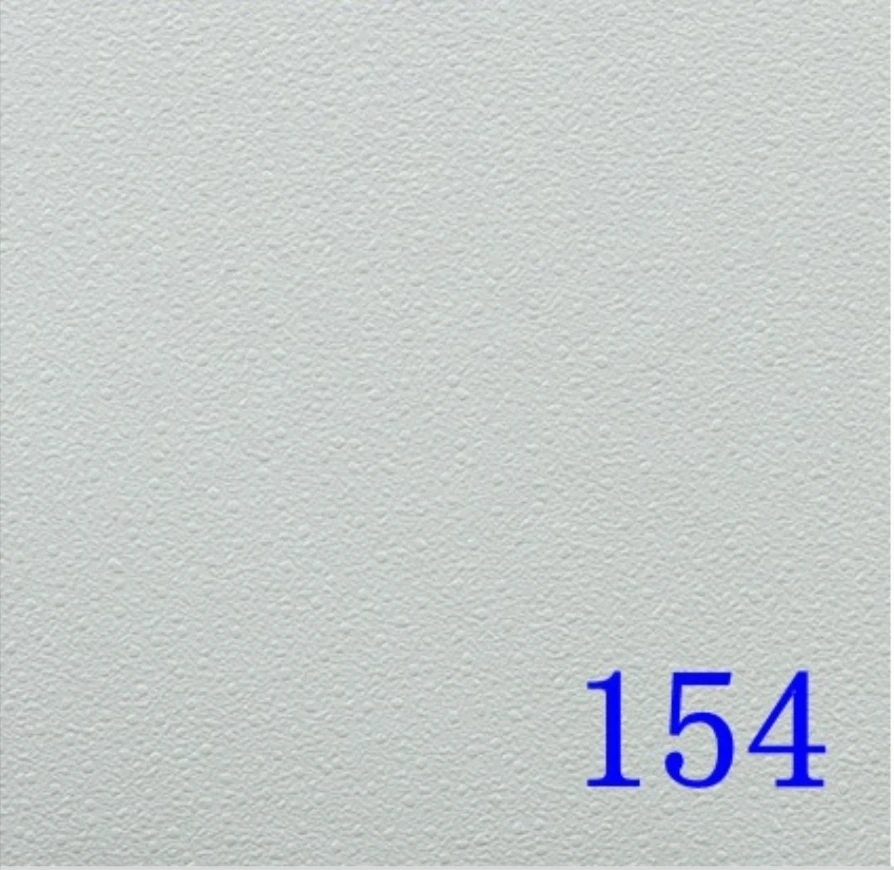- Afrikaans
- Albanian
- Amharic
- Arabic
- Armenian
- Azerbaijani
- Basque
- Belarusian
- Bengali
- Bosnian
- Bulgarian
- Catalan
- Cebuano
- Corsican
- Croatian
- Czech
- Danish
- Dutch
- English
- Esperanto
- Estonian
- French
- German
- Greek
- Hindi
- Indonesian
- irish
- Italian
- Japanese
- Korean
- Lao
- Malay
- Myanmar
- Norwegian
- Norwegian
- Polish
- Portuguese
- Romanian
- Russian
- Serbian
- Spanish
- Swedish
- Thai
- Turkish
- Ukrainian
- Uzbek
- Vietnamese
ታኅሣ . 10, 2024 20:14 Back to list
Mineral Fiber Board Insulation for Energy Efficiency and Sustainable Building Solutions
Understanding Mineral Fibre Board Insulation An Eco-Friendly Solution for Modern Construction
In contemporary construction and renovation projects, the pursuit of energy efficiency, sustainability, and environmental responsibility has become paramount. Among the various materials that have risen to prominence in the insulation industry, mineral fibre board insulation stands out as a versatile and effective solution. This article delves into the composition, benefits, application, and the environmental impact of mineral fibre board insulation.
What is Mineral Fibre Board Insulation?
Mineral fibre boards are primarily made from inorganic materials, predominantly mineral wool, which is derived from natural rock and recycled slag. The manufacturing process involves melting these raw materials at high temperatures and then transforming them into fibrous strands. These strands are then formed into rigid boards that serve as effective insulators. Mineral fibre boards come in various densities and thicknesses, making them suitable for a wide range of applications from residential buildings to industrial facilities.
Key Benefits of Mineral Fibre Board Insulation
1. Thermal Performance One of the most significant advantages of mineral fibre board insulation is its impressive thermal performance. The fibrous structure creates air pockets that inhibit heat transfer, thus keeping buildings warm in winter and cool in summer. This can lead to substantial energy savings and reduced heating and cooling costs.
2. Sound Insulation Mineral fibre boards are also excellent sound insulators. The density and fibrous nature of the material help absorb sound waves, making it an ideal solution for applications in residential areas, offices, and industrial settings where noise reduction is desirable.
3. Fire Resistance Given that mineral fibre is composed of non-combustible materials, these boards provide exceptional fire resistance. They will not burn or emit harmful gases when exposed to flames, offering an added layer of safety in buildings.
4. Moisture Resistance Mineral fibre boards possess a degree of moisture resistance, making them less susceptible to mold and mildew growth compared to some organic insulations. This property is particularly important in areas with high humidity or moisture levels, such as basements and kitchens.
mineral fibre board insulation

5. Sustainability With increasing awareness surrounding environmental issues, mineral fibre insulation has gained popularity as a sustainable option. Many manufacturers utilize recycled materials in their products, and the durability of mineral fibre means it has a long lifespan, reducing the need for frequent replacements.
Applications of Mineral Fibre Board Insulation
Mineral fibre board insulation is incredibly versatile and can be used in various applications. Commercial buildings often employ it in walls, roofs, and floors to improve thermal performance and sound insulation. In residential settings, mineral fibre boards can be found in attics, cavity walls, and between floors. They can also be used in industrial settings, particularly in areas requiring fire resistance and acoustical treatment, such as manufacturing facilities and power plants.
Environmental Considerations
The production and use of mineral fibre insulation have environmental implications that are worth noting. The manufacturing process requires energy and resources, but advancements in technology have led to more energy-efficient production methods. Additionally, the use of recycled materials in mineral fibre boards significantly reduces the overall environmental impact.
Moreover, by improving energy efficiency in buildings, mineral fibre insulation contributes to reducing the carbon footprint associated with heating and cooling. This aligns well with modern architectural goals of achieving greener buildings.
Conclusion
In summary, mineral fibre board insulation presents a myriad of benefits that cater to the needs of modern construction. Its exceptional thermal and sound insulation properties, combined with fire and moisture resistance, make it a suitable choice for a wide range of applications. Furthermore, the incorporation of sustainable practices in its manufacturing adds to its appeal in an era increasingly focused on environmental responsibility. As the construction industry continues to evolve, embracing materials like mineral fibre insulation will be crucial in building energy-efficient and safe structures for the future.
-
Mineral Fiber Ceiling Tiles Embossed Surface PatternNewsAug.05,2025
-
Mineral Fiber Board Xingyuan Vision for Better SpacesNewsAug.05,2025
-
Drop Down Ceiling Tile Office Use FitNewsAug.05,2025
-
PVC Gypsum Ceiling White Base ColorNewsAug.05,2025
-
Access Panel on Ceiling Xingyuan Integrity EthicNewsAug.05,2025
-
Ceiling Trap Doors Fire Resistant DesignNewsAug.05,2025







